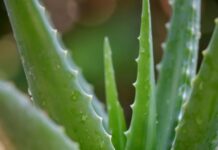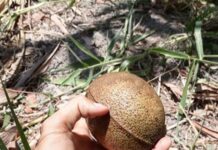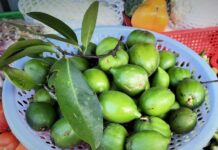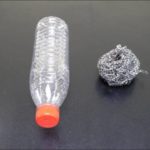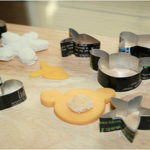Recycling and upcycling are great ways to save money and help the environment. Here are some creative ways to reuse everyday items and create your own green garden:
1 Bottle Garden
Plastic bottles are lightweight and versatile. Get creative and cut, shape, and paint them to make cute planters. You can also build bottle towers or hang them on your balcony or window for a unique and artistic touch.
 Gardening with recycled plastic bottles
Gardening with recycled plastic bottles
2 Potting Up
Old buckets and containers are perfect for planting vegetables and herbs. With their spacious interiors, you can grow a variety of leafy greens and herbs with ease.
 Reusing buckets and containers for gardening
Reusing buckets and containers for gardening
3 Tire Planters
Old tire planters add a unique and durable touch to your garden. With a bit of cutting and shaping, you can transform old tires into stylish and sturdy planters.
 Using old tires as planters
Using old tires as planters
4 Toilet Roll Seed Starters
Spread seeds evenly on a strip of toilet paper, then roll it up and place it in the toilet paper tube. Water it daily until the seeds sprout. Alternatively, fill the tube with organic soil and plant seeds directly into it, securing them with trays. Place them near a window with ample sunlight until they’re ready to be transplanted outdoors.
 Using toilet paper tubes as seed starters
Using toilet paper tubes as seed starters
5 Upcycled Paint Cans and Formula Cans
Transform empty paint cans and formula cans into stylish planters. Decorate and repurpose them to add a touch of greenery to your garden or yard.
 Repurposing paint cans and formula cans for gardening
Repurposing paint cans and formula cans for gardening
6 Vegetable Container Gardens
Don’t throw away those plastic containers! Use them to sprout seeds through damp cloths or soil. You can also grow small herbs and spices in these containers.
 Reusing plastic containers for gardening
Reusing plastic containers for gardening
7 Seed Starting with Paper Towels, Cotton Pads, or Hand Towels
Paper towels, cotton pads, or hand towels are great for maintaining moisture and are perfect for seed starting. Simply place the seeds on a damp towel, keep them in a dark place, and provide moisture regularly until they sprout. Then, move them to a brighter location.
 Using paper towels, cotton pads, or hand towels for seed starting
Using paper towels, cotton pads, or hand towels for seed starting
8 Newspaper Seed Starters
Cut up old newspapers, soak them in water, and strain them through a sieve or cloth. Place the seeds in the paper and form them into balls. Water these paper balls daily until the seeds sprout.
 Using newspaper to start seeds
Using newspaper to start seeds
9 Egg Carton Gardens
Egg cartons are ideal for starting seeds for herbs, flowers, and even small vegetables. With their convenient size and compartments, you can easily grow a variety of plants. Simply fill each compartment with soil and plant your seeds.
 Using egg cartons for gardening
Using egg cartons for gardening
17 Creative Ways to Upcycle Beer and Soda Cans into Something Useful
Introducing: The Ultimate Guide to Upcycling Beer and Soda Cans: 17 Creative Ways to Transform Them into Something Useful.
With a growing awareness of environmental conservation, it’s time to rethink how we view waste. Instead of simply recycling, why not upcycle and give new life to those empty beer and soda cans? From creating unique home decor to functional everyday items, the possibilities are endless. Join us as we explore these fun and innovative ideas to reduce your carbon footprint and add a touch of creativity to your space.


